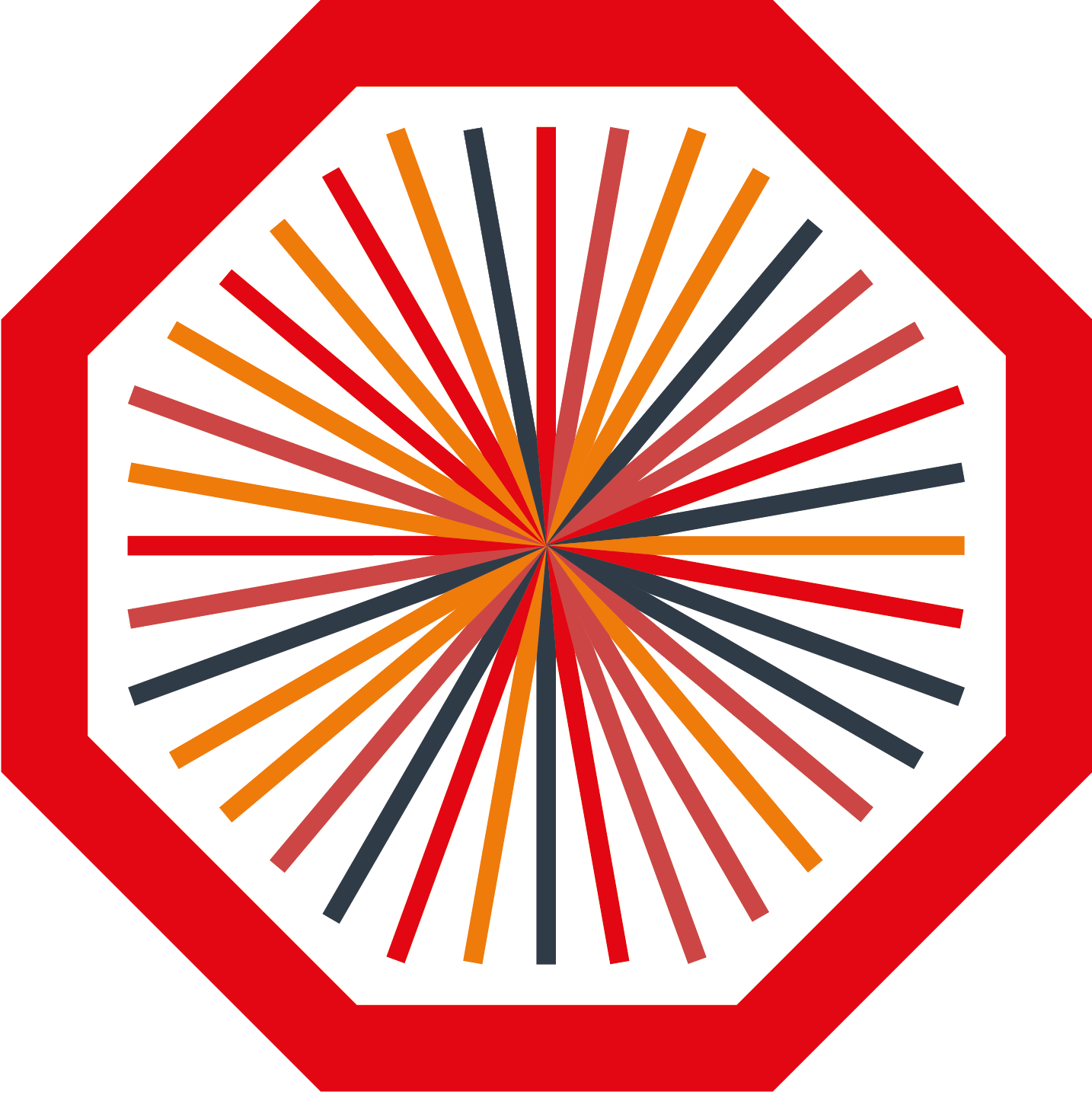In LHC LS2 (2019-2021), the ALICE Collaboration completed major detector upgrades in preparation for Run 3, achieving new records of data-taking capability. Following these substantial developments, the ability to record data has increased by two orders of magnitude, allowing the recording of 100 times more collisions than to Run 1 and Run 2. The resulting data throughput from the detector is estimated to be greater than 1 TB/s for Pb-Pb collisions. The reconstruction output, which is the analysis input, reaches an unprecedented size, too, as for example for 1 month of Pb-Pb collisions amounts to roughly 5 PB. In order to efficiently enable analysis on such large data samples, the ALICE distributed infrastructure was revised and dedicated tools for Run 3 analysis were created. The first tool is the O2 analysis framework implemented in C++, which builds on a multi-process architecture exchanging a flat data format through shared memory. The second tool is the Hyperloop train system for distributed analysis on the Grid and dedicated analysis facilities, implemented in Java/Javascript/React. This system is developed and maintained in our team with the help of the Grid experts. We also train and assist the shifters and follow up any issue they cannot resolve.
More about Hyperloop you can read here: https://aliceo2group.github.io/analysis-framework/docs/hyperloop/
